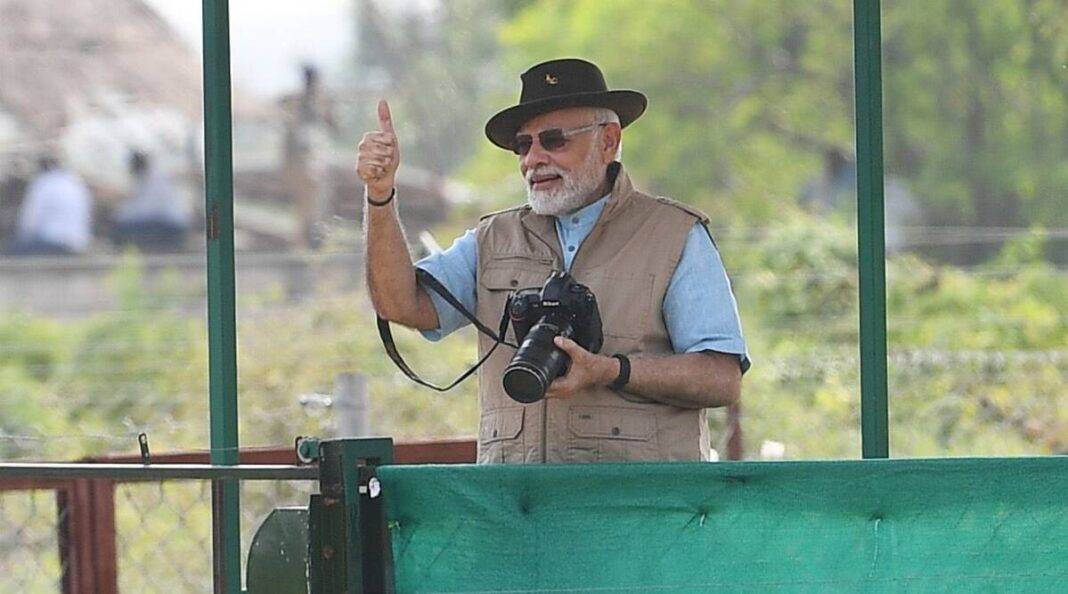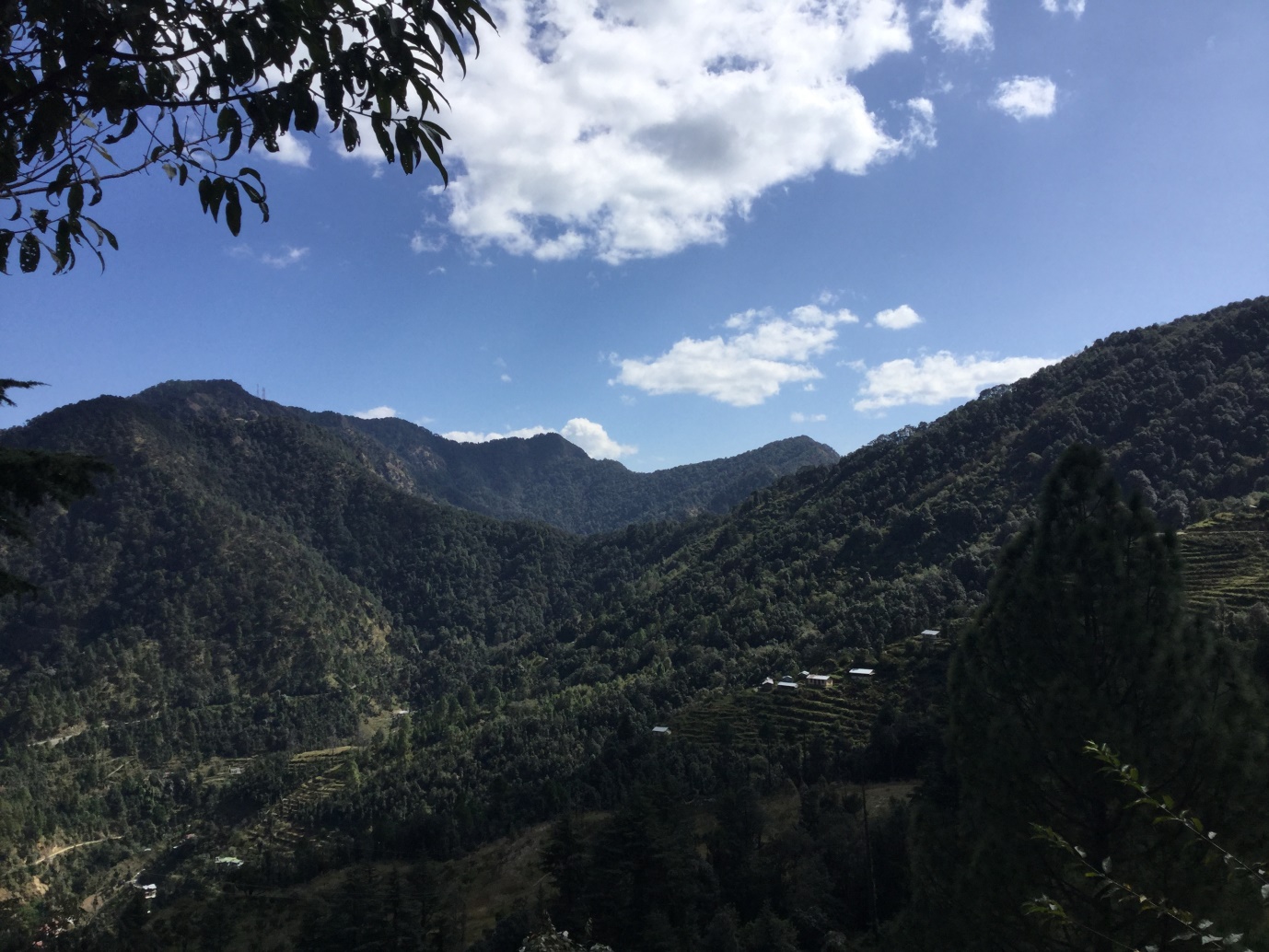
The release of eight cheetahs into the Kuno National Park ( Madhya Pradesh) by Prime Minister Narendra Modi on September 17, although accompanied by a media blitz, has raised several questions. The animals were flown from Namibia to Gwalior and from there they were taken to the release site in a helicopter. Official sources have stated that this is the first time a large carnivorous species has been moved across continents for establishing a new population. This first release will be followed by others under this project. However, precisely for this reason, it is important to be cautious because if such trans-locations have been generally avoided in the past, there may have been reasons for this and at the same time we do not have much learning experiences from the past.
The Cheetah became extinct in India in 1952, although this very fast moving animal is still remembered in the folklore of many areas. Hence the first impulse is to say that trying to introduce and revive the cheetah is desirable, as earth belongs to all living beings. However this effort, particularly in the case of a large carnivorous being moved across continents, must be examined in the context of several factors like its expenses, its possible pitfalls and implications for the overall conservation effort.
Will the introduced cheetahs survive well in their new home? Or will their numbers increase so rapidly as to become a menace for other wild life, for human beings and their domesticated and farm/dairy animals. We cannot be certain just now.
Another question relates to the overall budget of Project Cheetah, counting all expenses. Varying estimates have been circulating, and if the ones on the higher side are to be believed, this may turn out to be quite a costly project. Hence keeping in view the limited overall conservation budget and many priority needs remaining pending for a long time, the opportunity costs of what is sacrificed when so much money is devoted to a project with many uncertainties associated with it have to be considered. Are we sacrificing the more certain benefits of some well-established projects of high priority for the sake of less certain benefits of a project whose desirability and high priority as yet is less firmly established?
Wild life experts have pointed out that the kind of longer and less interrupted forest habitats needed by the cheetah may not be easily available here. To make a success of the project, more and more restrictions on local people may be placed in terms of their livelihood and living, some indication of which is already available.
This brings us to the wider debate on conservation in India, where wild life national parks and other protected areas have involved much direct and indirect displacement of rural communities as well as substantial curtailment of their livelihood rights. Tourism related new opportunities are often cornered by elites, sometimes local but often outsiders, while common people are absorbed only at lower levels. In the case of a prestige project like the latest one on Cheetahs, this tendency may be even more pronounced.
If the project ‘succeeds’ too well and we have an excess of cheetahs, as happens sometimes when new species are introduced, the woes of local people are bound to increase further and the balance of wild life too may be disturbed.
The wisdom of spending heavily on a project of uncertain benefits becomes even more questionable when one looks at various controversial examples in which wild life has been or is likely to be gravely harmed for the sake of some highly dubious projects. Without going too far, from the same state of Madhya Pradesh, we can give the example of the proposed axing of between 2 to 3 million trees in protected areas to pave the way for the highly controversial Ken-Betwa river link project whose basic viability has been questioned by several reputed experts.
Some form of re-introduction of Cheetahs has been under consideration for a fairly long time, but the present project has been evidently pushed hurriedly with less than desirable transparency, planning and consideration of all possible impacts. At an earlier stage, the Kuno area was instead being considered for introducing lions from Gujarat, as the need for an additional habitat for them had been voiced several times and in fact even Supreme Court directives for this had been issued. In a more transparent way of working, the Government would have provided its reasons much more clearly for abandoning the earlier idea to pave the way for cheetahs from Namibia.
Better planning, consultation and transparency could have led to better decision making to ensure wiser use of the limited resources the country allocates for conservation work. It is still not late to take a more cautious approach instead of pushing ahead project cheetah at cheetah speed.
Bharat Dogra is Honorary Convener, Campaign to Save Earth Now. His recent books include Planet in Peril, A Day in 2071 and Protecting Earth for Children.
The views and opinions expressed in this article are solely that of the author and are not endorsed by The New Leam.










